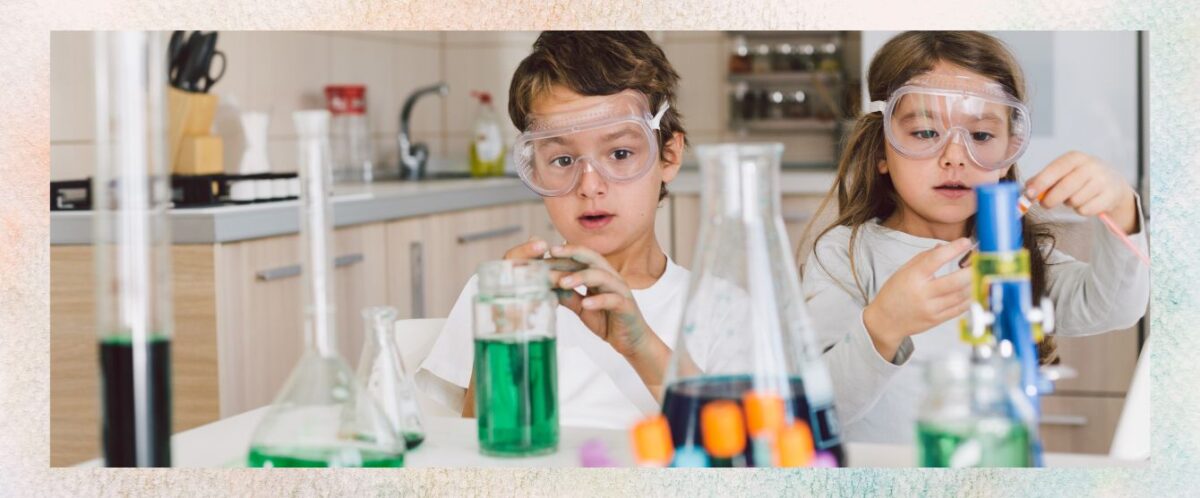Are you ready to transform your kitchen into a chemistry lab? For homeschool parents, finding engaging and educational activities can be a challenge, but it doesn’t have to be. Imagine blending the excitement of science experiments with the comfort of your home kitchen. This blog post is designed to introduce you to safe and fun […]


